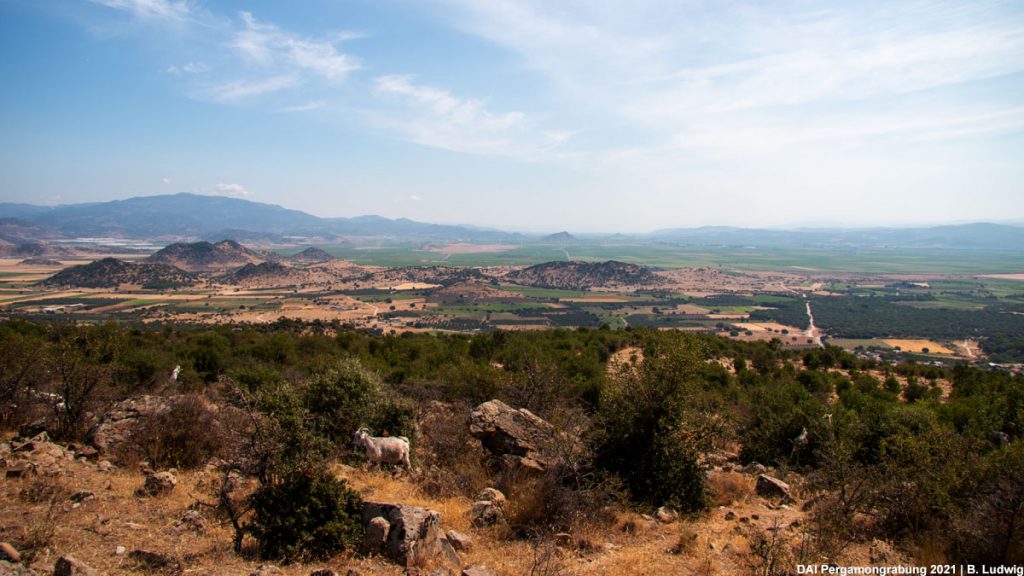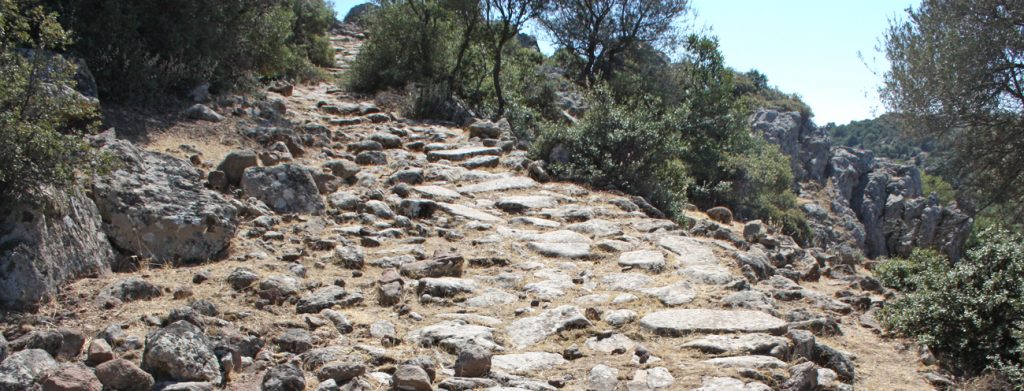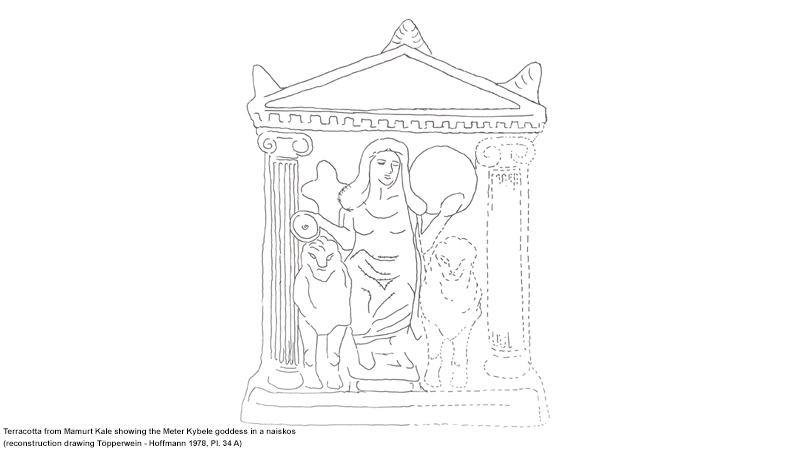The amphitheater of Pergamon is a subproject of TransPergMikro. The aim of this project is the documentation and construction analysis of the amphitheater, a key monument for the transformation of urban physiognomy in the Roman Imperial Age. In the amphitheater, Structure from Motion (SfM) is used as the main documentation method and the architectural drawings are drawn based on SfM.
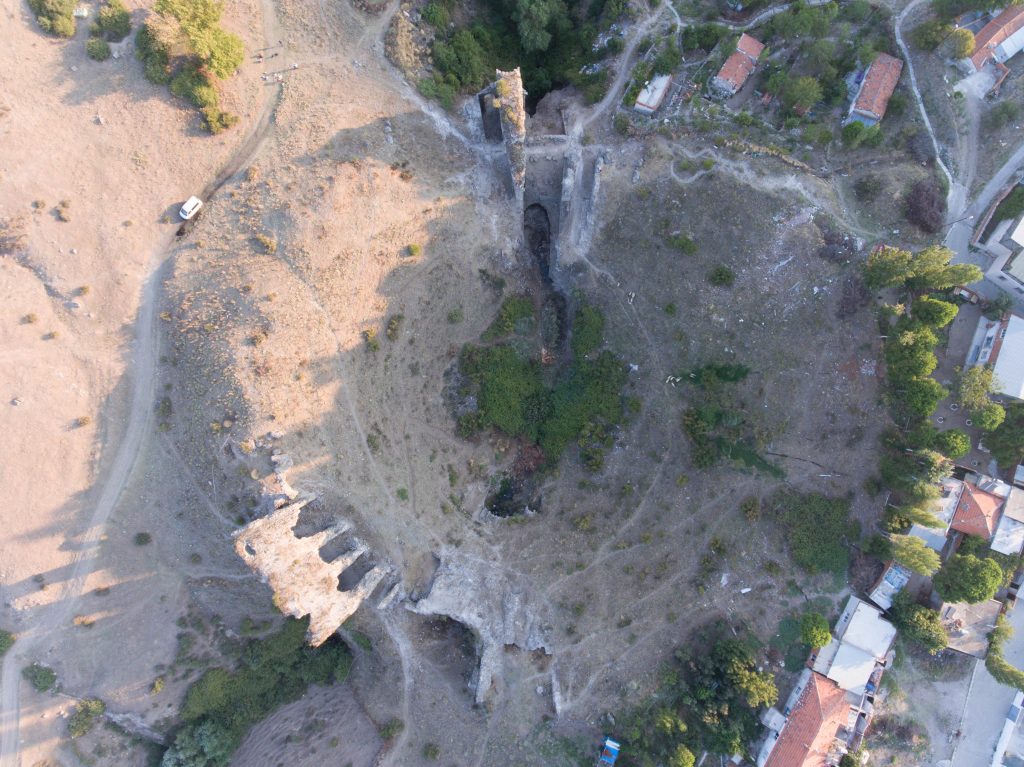
The amphitheater of Pergamon, as well as the theater and the stadium, is located on a hill in northwestern Bergama, today called Musalla Mezarlık. The building is located between a mountain slope and the western slope of a hill. Here, the terrain was very well utilized. Therefore, it was only necessary to provide the intermediate spaces between the two elevations, in the north and in the south, with radially arranged support structures that carried the rows of seats.
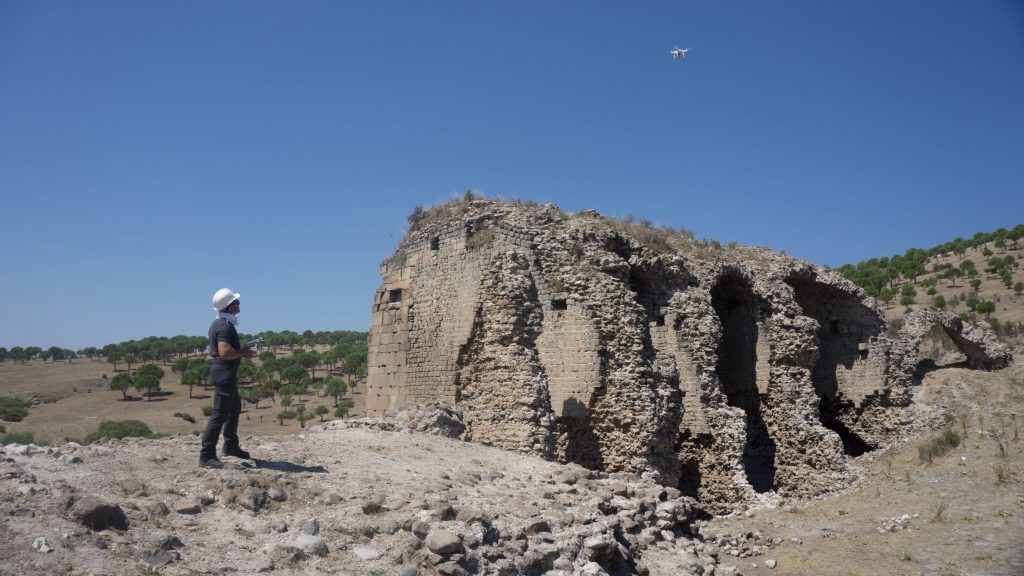
In Roman times, amphitheaters were mainly the scene of munera (gladiatorial fights) and venationes (animal fights). Since this building was built between two slopes, separated by a stream which is transmitted via a vaulted water channel, it can be assumed that in the arena Naumachia (naval combat) or water games could be performed. In any case, construction costs could most likely be reduced. In some of the old reports about the amphitheater, the Naumachia is mentioned, and it is said that it could have been possible, however no prove of any structural remnants in the arena could be identified. The one and only basis for this assumption was the existence of the vaulted water channel.
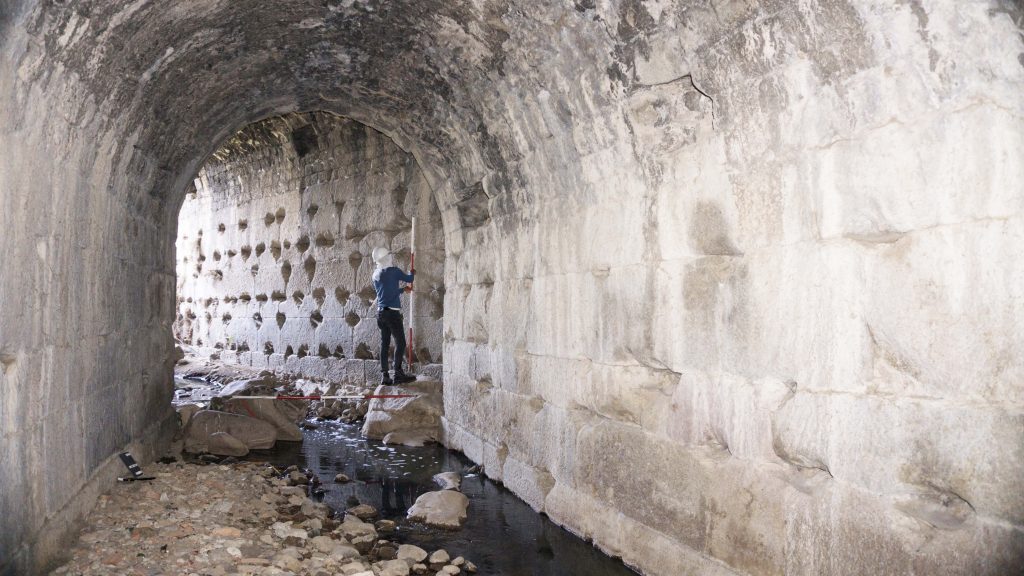
The amphitheater in Pergamon is one of the best-preserved amphitheaters in Asia Minor and an important building for understanding the lower town of the Roman Pergamon and its urban development. Other than Pergamon, there are three other amphitheaters in Anatolia: Kyzikos, Balıkesir-Erdek-Balkız, 40.3981403, 27.8845765; Anazarbos, Adana-Kozan-Dilekkaya, 37.2441196, 35.8947225; Mastaura, Aydın-Nazilli-between Bozkurt and Eycelli, 37.9556910, 28.3380857. Despite several reports, no detailed publication about the amphitheater in Pergamon has been made until today. Plans by Charles Félix Marie Texier were the first attempt, but these are inaccurate and mistakenly portray the amphitheater as oval instead of round. According to Karl Krumbacher, Carl Humann wanted to begin excavating in 1885 for the first time by trying to clear the seats, but this was not possible because the owner of the property charged an excessively high price for the permit. Richard Bohn has also dealt with the amphitheater together with the architect Schazmann. However, the exact and detailed documentations of Schazmann in 1908 have never been published in connection with a detailed building description and architectural history. Schazmann did not draw up an overall plan for the amphitheater, but he has very well documented the south and north sides, the preserved remains, so his drawings are the most important and correct documentation of the amphitheater in Pergamon.

